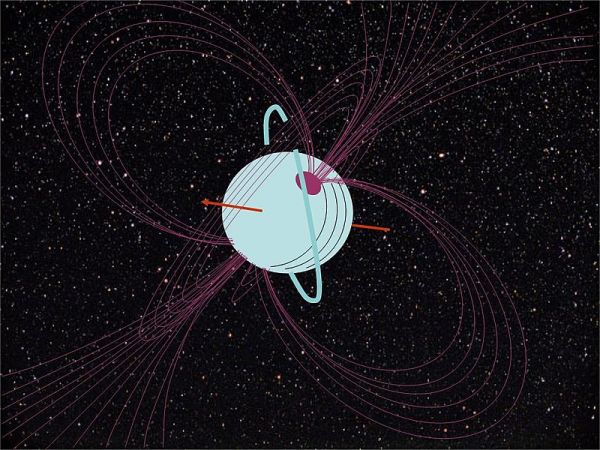Sometimes it takes a while for the significance of data we already have to become clear. Scientists analyzing data from the Voyager 2 probe, received 34 years ago, found that Uranus has a plasmoid.
Plasmoids are globs of ionized gases pulled from a celestial body’s atmosphere. These bursts of atmospheric material are flung away from a planet by its magnetic field. This is the first time a plasmoid has been recorded at Uranus, though, and the discovery has revealed a lot about the mysterious planet.
Space physicists Gina DiBraccio and Dan Gershman of NASA's Goddard Space Flight Center were poring over Voyager data when they discovered an ionized hydrogen-filled plasmoid measuring roughly 127,000 miles by 250,000 miles. The scientists published their findings last year in the journal Geophysical Research Letters.
Other planets have plasmoids, but Uranus is unique. Read about the discovery at Popular Mechanics.
(Image credit: Mungany)











Comments (2)